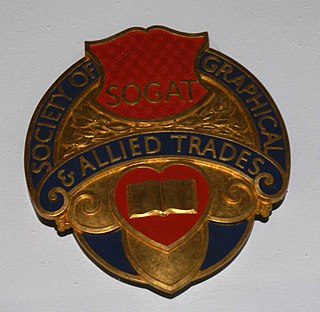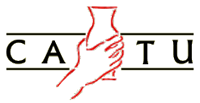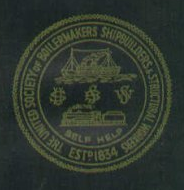Related Research Articles

The Society of Graphical and Allied Trades (SOGAT) was a British trade union in the printing industry.

The Ceramic and Allied Trades Union (CATU) was a trade union representing pottery workers in the United Kingdom.
The International Typographical Union (ITU) was a US trade union for the printing trade for newspapers and other media. It was founded on May 3, 1852, as the United States as the National Typographical Union, and changed its name to the International Typographical Union at its Albany, New York, convention in 1869 after it began organizing members in Canada. The ITU was one of the first unions to admit female members, admitting women members such as Augusta Lewis, Mary Moore and Eva Howard in 1869.

The Modern Records Centre (MRC) is the specialist archive service of the University of Warwick in Coventry, England, located adjacent to the Central Campus Library. It was established in October 1973 and holds the world's largest archive collection on British industrial relations, as well as archives relating to many other aspects of British social, political and economic history.

The General Federation of Trade Unions (GFTU) is a national trade union centre in the United Kingdom. It has 35 affiliates with a membership of just over 214,000 and describes itself as the "federation for specialist unions".

The Sheffield Trades and Labour Council, usually known as the Sheffield Trades Council, is a labour organisation uniting trade unionists in Sheffield.
The London Society of Compositors was a British trade union, representing print workers in London.

The Amalgamated Society of Boilermakers, Shipwrights, Blacksmiths and Structural Workers (ASB) was a trade union in the United Kingdom. Many of its members worked in shipbuilding, in which industry it was the leading trade union, while over time it also developed strength in engineering and construction.

The London Trades Council (1860–1953) was an early labour organisation, uniting London's trade unionists. Its modern successor organisation is the Greater London Association of Trades (Union) Councils
The New South Wales Typographical Association (NSWTA) was an Australian trade union which existed between 1880 and 1916. It represented compositors, skilled tradesmen responsible for typesetting in the printing trade.
Robert Willis, usually known as Bob Willis, was a British trade unionist.
The General Council of the Trades Union Congress is an elected body which is responsible for carrying out the policies agreed at the annual British Trade Union Congresses (TUC).

The Printing and Kindred Trades Federation (P&KTF) was a trade union federation in the United Kingdom.
Charles J. Drummond was a British trade union leader.
Alfred Evans was a British trade union organiser.
Percy Astins was a British trade unionist and politician.
Thomas George Newland was a British trade union leader.
The Bookbinders and Machine Rulers' Consolidated Union (B&MRCU) was a trade union representing people involved in the manufacturing of books in the United Kingdom.
The National Society of Electrotypers and Stereotypers (NSES) was a trade union representing workers in print foundries in the United Kingdom.
Henry R. King was a British trade union leader. He was a leading advocate for women's trade unionism who served for many years as treasurer of the London Trades Council.